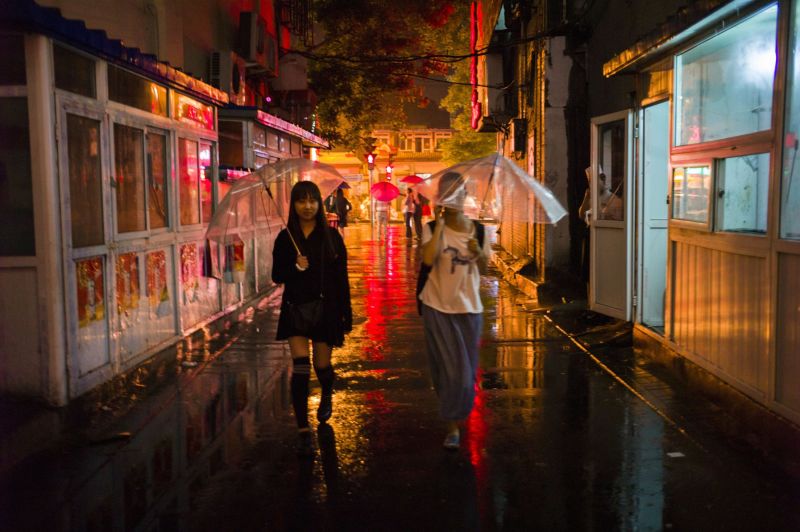Reviving Beijing’s Hutongs: A Blending of Tradition and Modernity
Beijing’s Hutong neighborhoods epitomize a rich cultural heritage, with narrow alleyways that tell stories of generations past. These traditional pathways, originating in the Yuan Dynasty, provide a unique glimpse into the communal lifestyle that has thrived for centuries.
The Charm of the Hutongs
The Hutongs are scattered throughout the Chinese capital and serve as beloved tourist attractions, offering an escape from the fast-paced urban environment. These neighborhoods are not just picturesque; they hold historical significance as a way of life where neighbors bond over traditional games and gatherings.
Modernization and Its Challenges
While the Hutongs have played a vital role in Beijing’s social life, modernization poses a challenge to their preservation. Over the years, many of these narrow alleyways have been demolished in favor of new developments. Consequently, it is estimated that only about 500 Hutongs remain today, a significant decline from over 3,000 in 1949.
Architectural Changes
As urban planning continues to evolve, many Hutongs are being replaced with shopping and entertainment complexes. However, despite the majority of remaining Hutongs being protected, they face serious infrastructural challenges, such as inadequate insulation and sewage systems.
Innovative Solutions for Rehabilitation
In response to these challenges, architecture firms like People’s Architecture Office (PAO) are striving to rehabilitate Hutong homes. Using innovative modular designs made from steel and glass panels, these solutions include essential modern amenities while preserving the original character of the neighborhoods.
These panels can be rapidly assembled on-site, requiring minimal installation time of just one day. With a cost of $500 per square meter, these solutions provide a budget-friendly alternative compared to the average cost of $5,000 per square meter in Beijing.
Customizable Living Spaces
Moreover, the modular panels allow for customization to accommodate diverse needs. For instance, doors open outward to conserve space, and provisions for outdoor showers are integrated into the design. This flexibility enables residents to adapt their living spaces while maintaining harmony with the traditional architecture.
Future of the Hutongs
PAO has already conducted a government-sponsored trial in the Dashilar district and is now looking to cater to private clients. Co-founder James Shen envisions the installation of thousands of these plugin units, fostering a revival of the historic Hutong neighborhoods while ensuring they meet modern living standards.
Conclusion
In conclusion, while the Hutongs face significant threats from rapid urbanization, innovative architectural solutions, coupled with a commitment to preservation, can pave the way for revitalization. Consequently, the balance between tradition and modernity can be achieved, ensuring that future generations can enjoy the unique charm of Beijing’s Hutong neighborhoods.

















